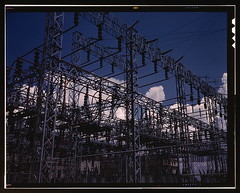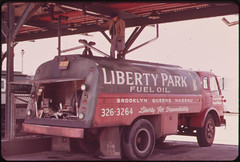Debating on whether or not to get a real or fake Christmas tree this year? Well, if you haven’t already, then think twice: a recent article by the New York Times reported that unless you keep your fake tree for 20 years or more, it’s more environmentally conscientious to purchase a real tree. It sounds counterintuitive – aren’t Christmas tree farms agriculturally damaging and don’t we need more trees intact to act as carbon sinks? Turns out, it might not be that clear cut.
Using calculations that included greenhouse gas emissions, use of resources and human health impacts, a Montreal-based environmental consulting firm found that the annual carbon emissions associated with using a real tree every year were one-third of those created by an artificial tree over a standard six-year lifespan. Additionally, fake trees often contain polyvinyl chloride, or PVC, which produces carcinogens during manufacturing and disposal. “The natural tree is a better option,” said Jean-Sebastien Trudel, founder of the firm, Ellipsos, that released the independent study last year.
Most fake trees found in Target or Walmart are produced in China, adding further transportation and manufacturing cost to the environment. Nonetheless, many American consumers continue to believe that reusing the same tree year after year is a better, more environmentally sound option. “You’re [actually] not doing any harm by cutting down a Christmas tree,” said Clint Springer, a botanist and professor of biology at Saint Joseph’s University in Philadelphia. “A lot of people think artificial is better because you’re preserving the life of a tree. But in this case, you’ve got a crop that’s being raised for that purpose.”
Americans have many consumer options this Christmas. It can be daunting to make the best choice for the environment while immersed in wrapping paper, plastic bags and shopping malls, but remember to think twice about getting the fake tree and instead opt for the real, local Christmas tree this year. Oh, and they smell better too!



![[Laundry, barbershop and store, Washington, D.C.?] (LOC) by The Library of Congress](http://farm3.static.flickr.com/2176/2179179624_9da9771696_m.jpg)






